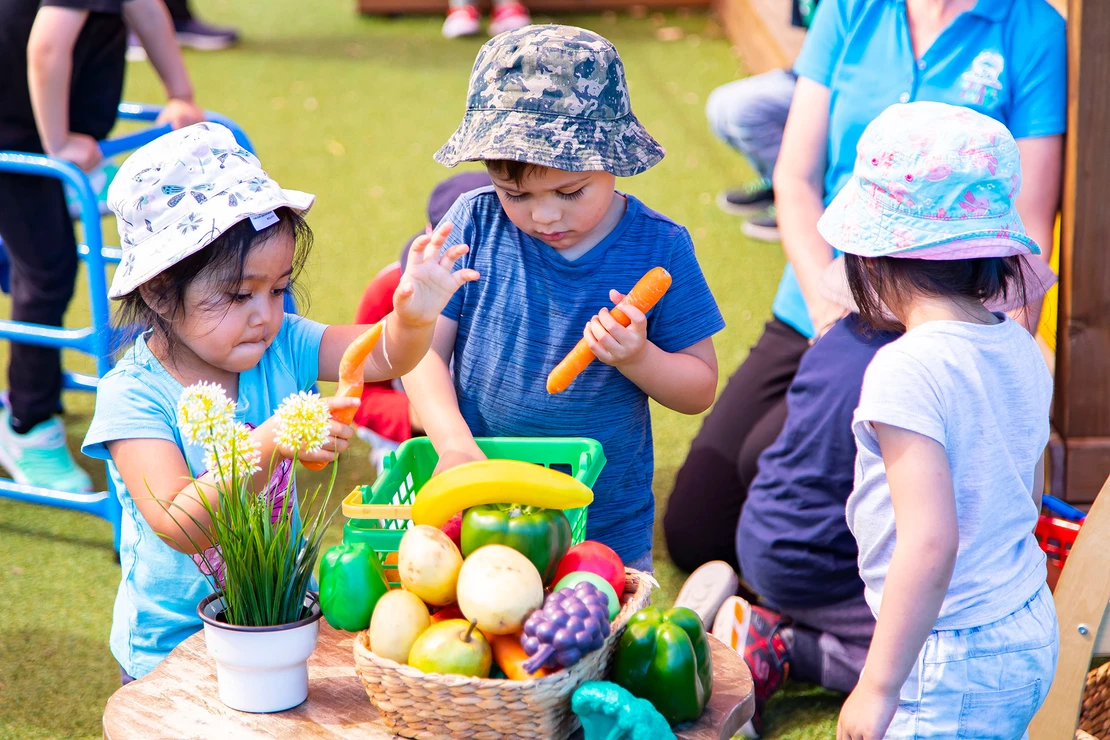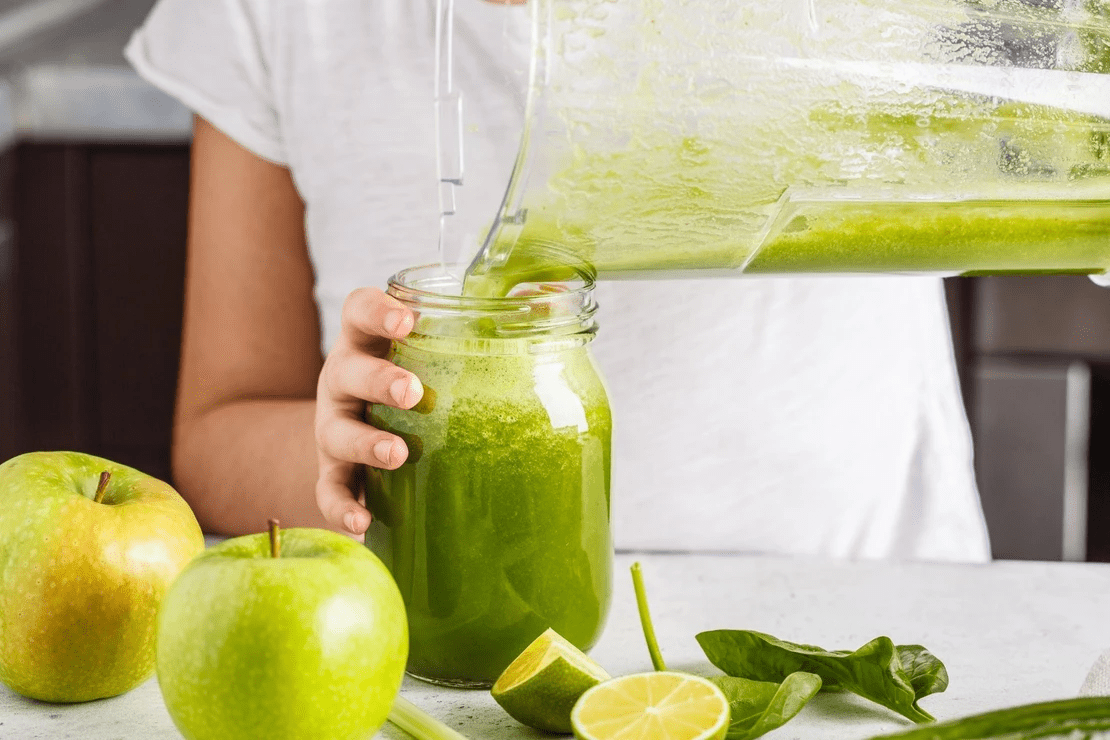 Book a Tour
Book a Tour Instagram
Instagram Contact Us
Contact Us CCS Estimator
CCS Estimator
It’s the age-old complaint from most parents: “I just can’t get my child to eat vegetables!” We hear you. It’s not only frustrating to have your little one refuse healthy food day in, day out – it can also leave you feeling stressed, helpless and concerned about whether your child is getting the right level of nutrition for their growing body.
At Heritage House, we’ve seen all types of eaters, and our chefs create fantastic meals that are both delicious and packed with veggies. So here are some tips for how to get your little one to eat more vegetables at home.


Thinking about food in terms of it going from ‘farm to table’ can be helpful in getting your child to eat more vegetables. That doesn’t necessarily mean you need to have your own little veggie patch that you grow your food in – although it definitely wouldn’t hurt! It just means breaking the association of how your child currently thinks about food.
Instead of just sitting them in their high chair or at the table when it’s mealtime, get them involved in the cooking process. Kids love being part of what their parents are doing, so bring them into the kitchen and let them watch you peel the vegetables, boil them or pop them in the oven, and even have a cheeky taste test while you are cooking!
This can build a more positive association with food in general, but especially vegetables. What’s more – they will absolutely love being given responsibilities like stirring, pouring and counting the ingredients.


Giving your child a big plate of vegetables at dinner time and expecting them to eat it or go to bed hungry isn’t going to do you – or your little one – any favours. Putting intense pressure on your child to eat their veggies is overwhelming, so why not start small?
When they ask for a morning or afternoon snack, replace a less-nutritious treat with a vegetable. Pairing carrot sticks or celery with a tasty, healthy dip like hummus can be a great introduction to delicious veggies. Or substitute a handful of grapes with cherry tomatoes – they are sweet, juicy and a lot easier to make a child happy than boiled brussels sprouts!


Just like when they are testing their emotional and physical boundaries, your child will look to you as their veggie role model. When you eat together as a family and eat the exact same meal, your child will watch how you approach vegetables. If you eat them without a second thought, they will start to see there’s nothing wrong with veggies after all.


If your little one is in a bad mood and can’t even look at a vegetable without scrunching up their nose – that’s okay. Try again at the next mealtime. Consistency is key.
It’s also important that you recognise when they really don’t want to eat a certain vegetable or meal. If you keep serving them the same thing, don’t expect anything to change. Instead, if you aren’t having much luck with them eating plain steamed vegetables, toss them in a delicious stir-fry.
Homemade smoothies and juices are also a great way to ‘hide’ vegetables into something delicious. There are lots of recipes you can find online that include spinach and carrots and still come out tasting mighty good!


Next time you are on the road, stop by a community veggie patch and pick some veggies straight from the garden. Lots of local councils have veggie gardens which are open to the public, all you may need to do is become a member of their garden club. All the veggies are sown, grown, and harvested in one place, making it the freshest produce possible! Check out your local council website for more information.




Want to know more about how we ensure every child gets healthy, delicious and nutritious meals? Contact your local Heritage House centre or reach out to us online.


